It’s a thought experiment that’s fascinated scientists, writers, and environmentalists alike: what would happen to the Earth if humans suddenly vanished?

As speculative as it sounds, it reveals a lot about our influence on ecosystems, biodiversity, and the natural processes that once thrived without us. In the absence of human activity, nature wouldn’t just continue—it would flourish. Landscapes would regenerate, species would return, and delicate balances disrupted by our presence could begin to restore themselves.
This isn’t about anti-human rhetoric. It’s a way to highlight how much we shape the planet and what we can learn from imagining a world where we step back. Below are some of the most vivid ways wildlife would thrive if humans were no longer part of the equation.
Forests would regrow rapidly and widely.
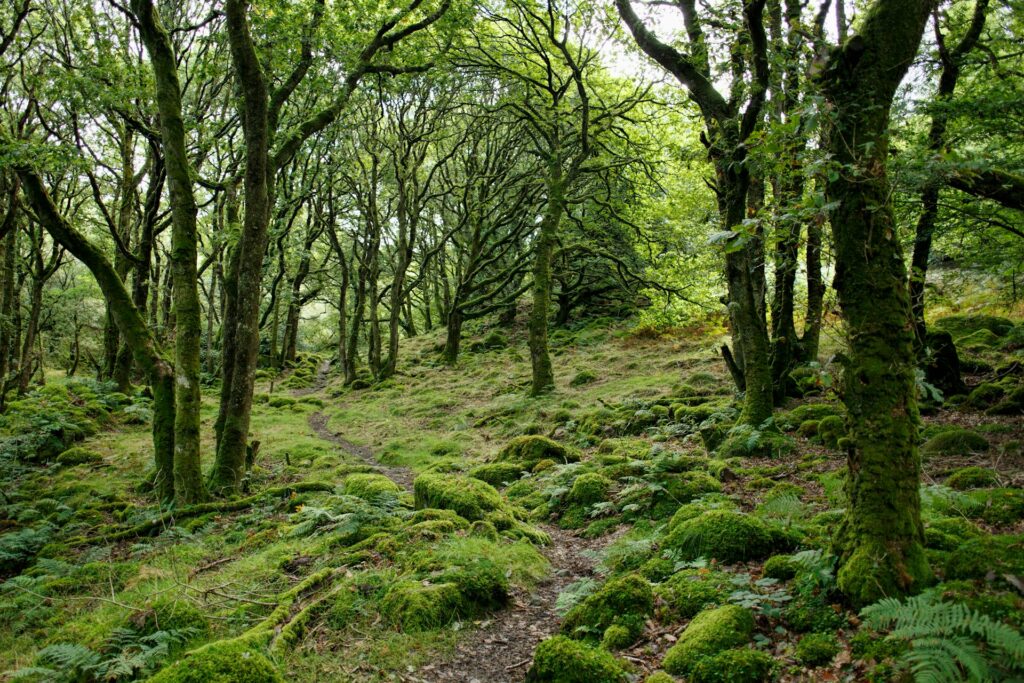
Without human logging, land clearing, and development, forests would reclaim lost ground at an astonishing pace. In regions where agriculture has overtaken native woodland, early-succession plants would take root quickly. Within decades, diverse canopies would form again, bringing back complex food webs.
According to the Smithsonian Environmental Research Center, areas that humans abandon can revert to forest in just a few decades. This would provide safe havens for everything from songbirds to apex predators like lynx, bears, and jaguars. The rebirth of forests would also mean increased carbon sequestration, better water retention in soils, and a cooler local climate.
Air and water quality would improve, and fast.
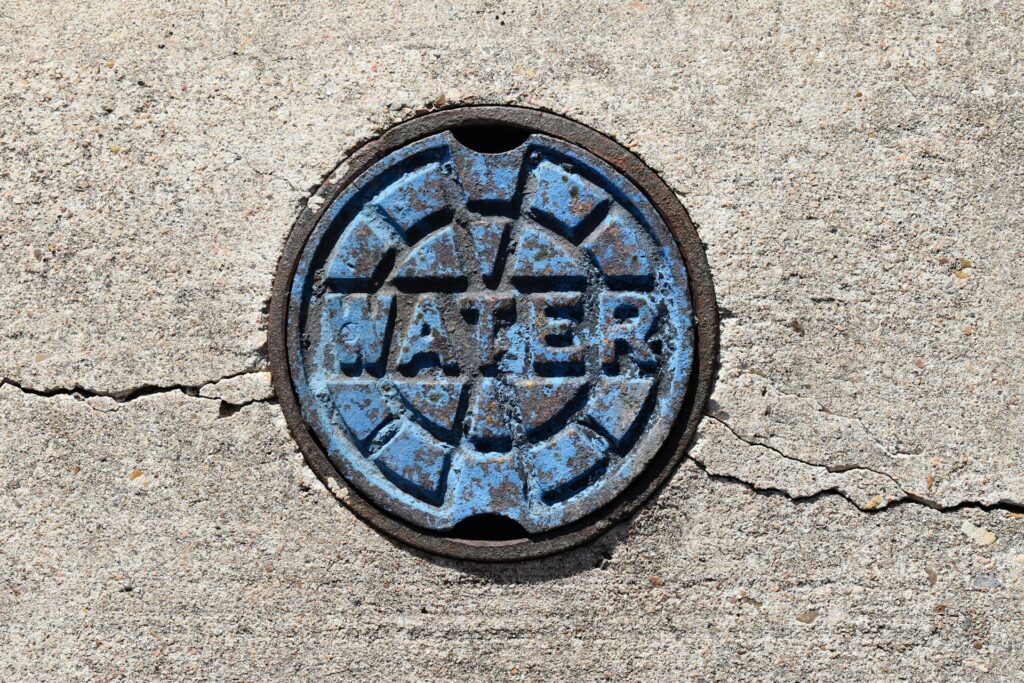
One of the clearest short-term gains in a post-human world would be air and water quality. With no cars, planes, or factories spewing pollutants, the atmosphere would begin to clear within days. The COVID-19 pandemic gave us a preview of this: NASA satellite images showed sharp declines in nitrogen dioxide during lockdowns.
Rivers, lakes, and oceans would gradually flush out pollutants and regain health. Fertiliser runoff, microplastics, and untreated waste would no longer enter waterways. Coral reefs, suffocated by chemical pollutants and physical destruction, might begin to heal. Over time, clearer skies and cleaner water would support stronger, more diverse ecosystems.
Wildlife corridors would reopen across continents.
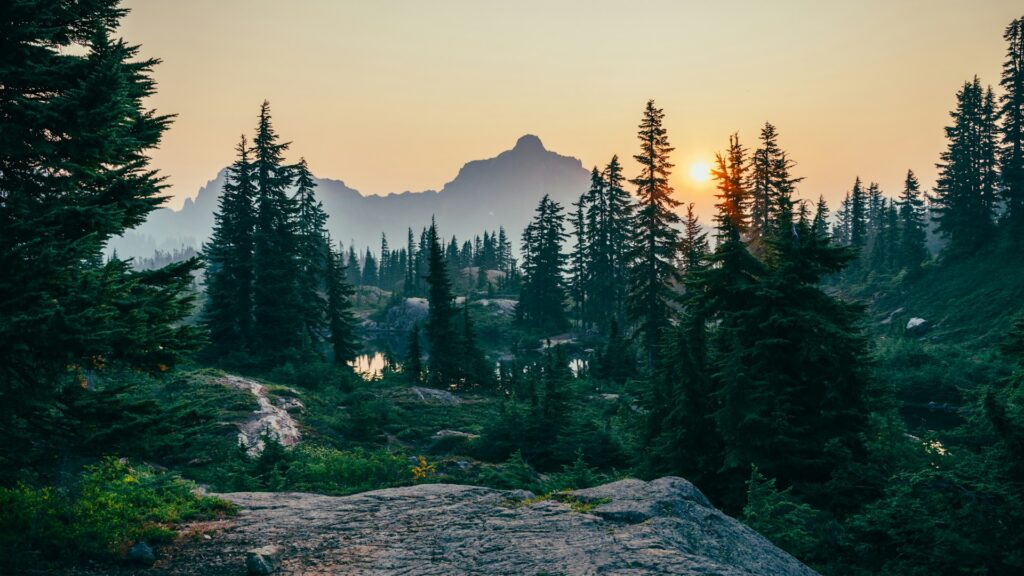
Human infrastructure like highways, railways, and fences has fragmented habitats and blocked migration routes. In our absence, these barriers would erode over time, allowing animals to move freely across entire regions.
Species like wolves, elephants, and pumas—which need vast, uninterrupted ranges—would see their populations stabilise and expand. Connectivity would also allow for greater genetic diversity, reducing the risks associated with isolated, inbred populations. Over generations, natural migration and dispersal patterns would re-establish themselves.
Cities would be reclaimed by wildlife.

Urban areas would undergo a dramatic transformation. Pavements would crack, vegetation would push through concrete, and buildings would eventually collapse under their own weight or be swallowed by forests. What remains of our cities would serve as roosts, dens, and hunting grounds.
Animals already living on the edges of urban areas—like foxes, coyotes, badgers, birds of prey, and small rodents—would quickly expand their reach. Over time, more elusive animals would follow. A study published in Science Advances in 2019 noted that some wildlife already thrive in urban environments. With humans gone, cities would become some of the richest biodiversity hotspots around.
Endangered species would get breathing room.

Many of today’s most threatened species are only in danger because of human actions—poaching, habitat loss, pollution, and climate change. In a human-free world, those pressures would disappear. The IUCN Red List currently identifies over 42,000 species as threatened. While some damage is irreversible, many would have a chance to recover if left alone.
Tigers could roam undisturbed through dense forests. Sea turtles would nest freely on beaches without interference. Songbirds could return to forests where chainsaws once roared. Species teetering on the edge would no longer be pushed by mining, farming, or deforestation—and many might rebound naturally.
Natural soundscapes would return.

Noise pollution is one of the most pervasive yet overlooked disruptions caused by human activity. Traffic, construction, and industrial noise drown out the natural sounds of birds, frogs, and insects. Marine noise from ships and sonar disrupts communication in whales, dolphins, and fish.
A 2020 study in Nature Ecology & Evolution revealed that reduced human noise during pandemic lockdowns led to immediate changes in animal behaviour. Without us, those changes would become permanent. Birds would sing more naturally, mammals would venture further, and the air—and oceans—would hum again with the sounds of life.
Oceans would begin a deep recovery.

Marine life suffers from overfishing, shipping traffic, plastic pollution, and noise. Remove those pressures, and the oceans could undergo a dramatic transformation. Fish stocks would rise. Coral reefs could slowly rebuild. Marine mammals like orcas and humpbacks would expand their ranges and raise young in quieter, safer waters.
Studies of marine protected areas already show how effective limited human interaction can be. In our full absence, coastal ecosystems would stabilise, seabird colonies would flourish, and marine biodiversity could boom. Even deep-sea environments, disrupted by trawling and mining, would get a break.
Invasive species dynamics might shift.
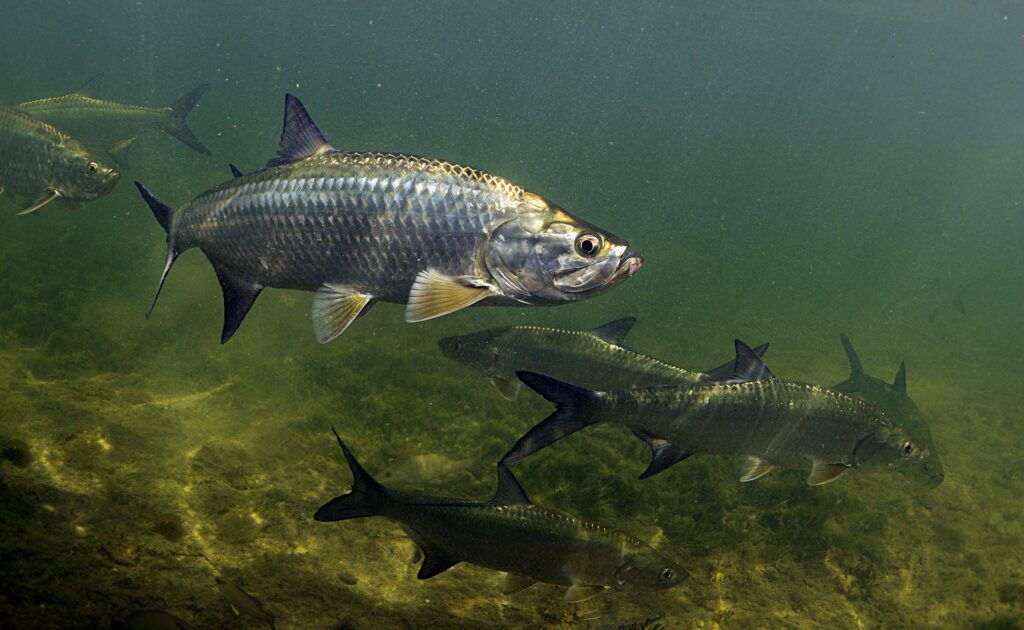
In many parts of the world, invasive species have altered ecosystems dramatically. But many of these invasions are supported—if not enabled—by human disturbance. With those disruptions gone, native species could reassert themselves. Natural predators, once suppressed or hunted, could return and rebalance food webs.
While not all invasive species would disappear, some would likely decline without human-altered habitats to support them. And native ecosystems, left to stabilise without further interference, might find new equilibria that had been impossible before.
Agricultural lands would wild over generations.

The global agricultural footprint is vast—nearly half of the world’s habitable land is used for farming. Without humans to maintain crops or manage livestock, these landscapes would begin a slow and steady transformation. First, fast-growing grasses and shrubs would take hold. Then native trees, fungi, and wildlife would return.
This process, known as secondary succession, varies by region but can lead to dense, thriving ecosystems over time. Pollinators would return to meadows. Predators would hunt in tall grass. Birds would nest in re-growing trees. Where wheat once stood, wolves might one day roam.
The climate would begin to stabilise.
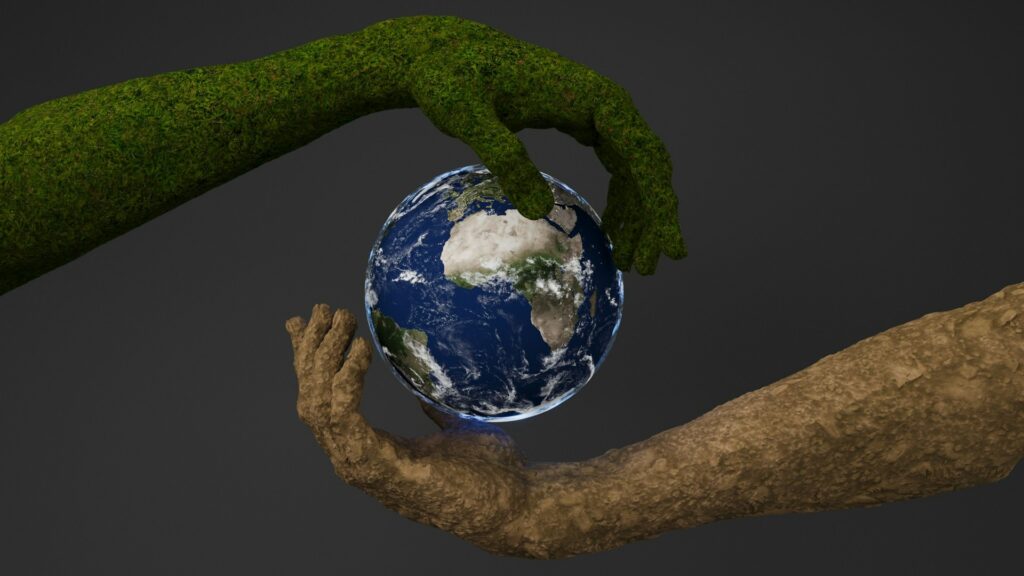
The legacy of human-driven climate change wouldn’t vanish overnight. Greenhouse gases would remain in the atmosphere for decades. But without fossil fuel emissions, intensive agriculture, and deforestation, the earth’s systems would slowly recover.
Expanding forests would absorb CO₂. Wetlands and peat bogs—among the most effective carbon sinks—would grow. Permafrost might stabilise. While full climate repair would take centuries, the trend would shift toward healing. Earth would begin to regulate itself more effectively again.
Disease pressures would ease for wildlife.
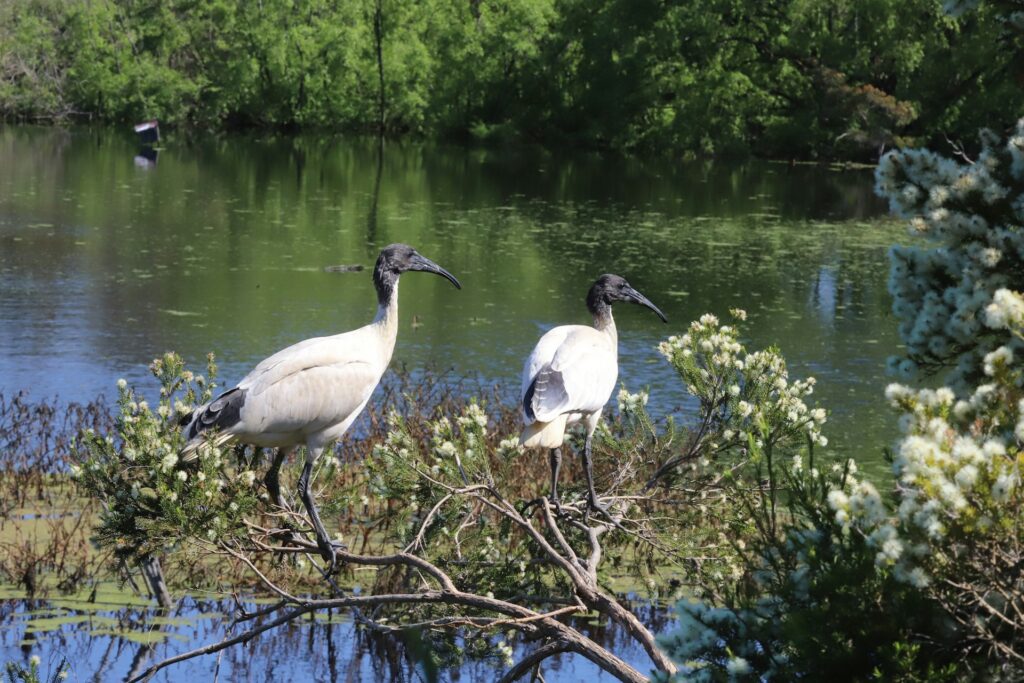
Wildlife diseases have spiked in recent decades, many linked to stress from habitat loss, pollution, and human-wildlife contact. Zoonotic diseases that transfer between humans and animals create dangerous overlaps. In a world without people, that risk disappears.
Animals would face fewer stressors, making them less vulnerable to illness. With natural population densities and undisturbed habitats, outbreaks would be less frequent and less severe. The risk of cross-species pandemics would vanish.
Evolution would continue without interruption.
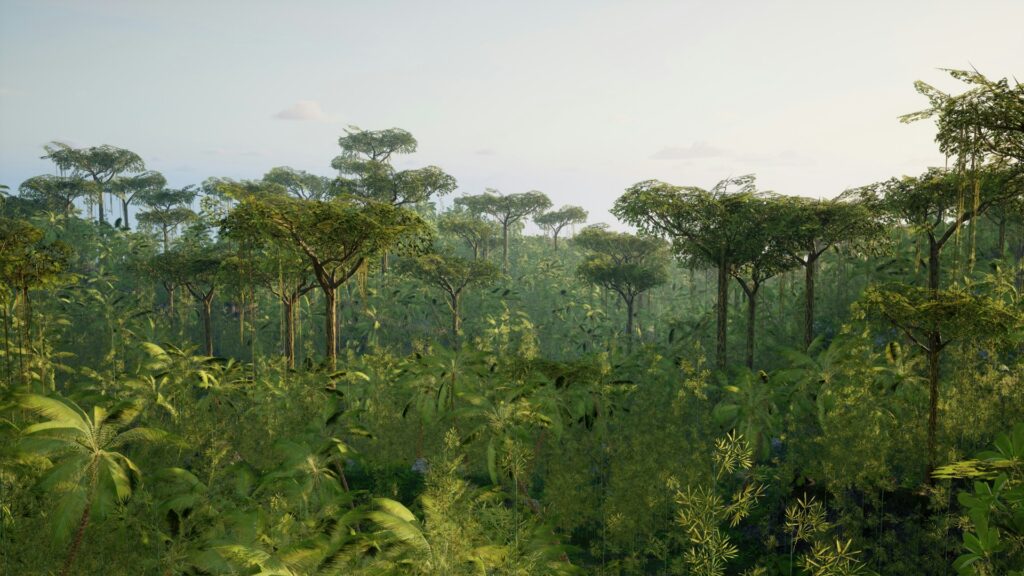
One of the most overlooked impacts of humanity is our influence on evolution. From selectively breeding animals to accidentally creating “urban-adapted” wildlife, we’ve changed the evolutionary path of many species.
In our absence, natural selection would return to centre stage. Species would adapt to climate, predators, and competition—not roads, fences, and pollution. Over thousands of years, the natural world might evolve in directions we can’t even imagine.
None of this is meant as an endorsement of human extinction.
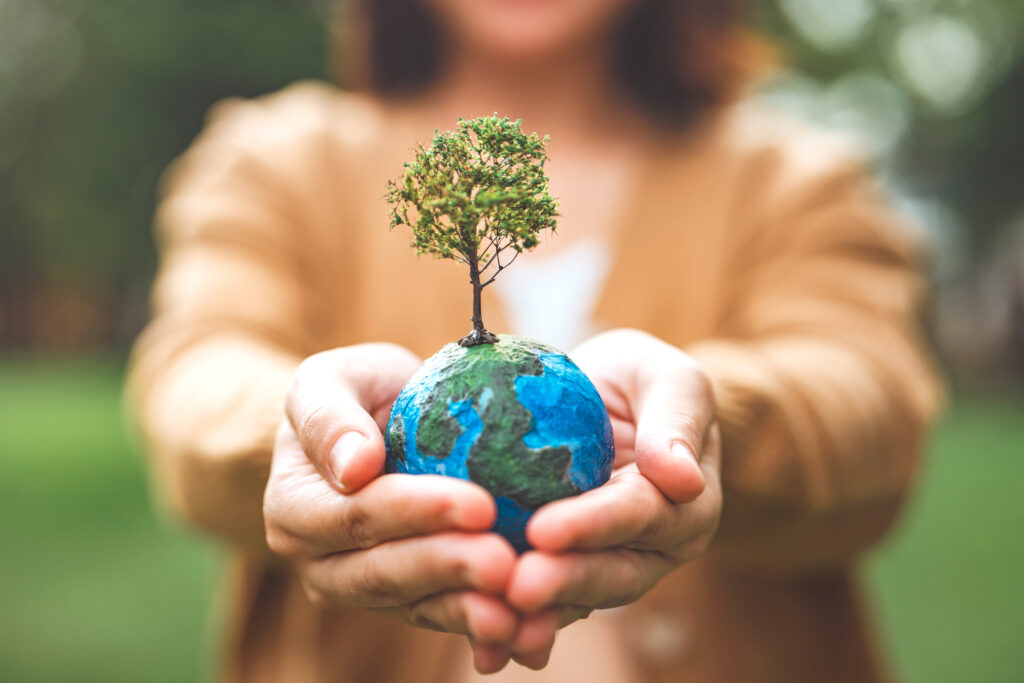
But imagining a world without us helps clarify just how deeply we shape the planet—and how resilient nature can be when given the chance. Wildlife doesn’t just survive without humans; it thrives.
The real takeaway is this: if we reduce our impact, support conservation, and design a world that includes—not excludes—nature, we don’t have to vanish for wildlife to rebound. We just need to get out of the way a little more often. Because in the end, the question isn’t just “what would happen if we disappeared?” It’s “what might happen if we stayed, but chose to live differently?”